The classic Indian thali exemplifies the diversity of Indian food by using a wide range of foods with varying tastes, textures, and nutritional properties. In many Indian languages, “thali” means “plate,” however that is not all it signifies. It represents a well-rounded meal that highlights the many regional and cultural influences in India’s vast cuisine.
The thali is a concept with long and storied history in Indian cuisine. The six basic tastes—sweet, sour, salty, bitter, pungent, and astringent—were incorporated into meal plans in accordance with Vedic texts and Ayurvedic practices to promote good digestion and balanced nutrition. An old Indian literature states that it is good for health to have a diversified diet that contains foods from all the main food groups. In accordance with this guiding principle, each component of an Indian thali is thoughtfully prepared to enhance the overall taste and texture of the dish.
Thalis look very different depending on where you are in India. A thali from the south of India, for instance, would be plain but full of love, whereas a thali from Rajasthan would be opulent and packed with ghee-laden treats. Even though traditional Indian thali has evolved to include modern cooking techniques, it remains a popular dish in modern Indian homes and restaurants. With the rise of delivery services like HOGR, foodies no longer have to leave the house to enjoy authentic Indian thalis.
A Guide to the Art of Crafting Traditional Indian Thalis
If you want to make authentic Indian thalis, you need to know all the ins and outs of Indian tastes, cooking, and presentation. A well-presented thali is symbolic of cultural significance, has aesthetic value, and has nutritional value in addition to being delicious.
Traditional Meal Sets
The main ingredient varies from one place to another. A North Indian thali, for instance, would have roti, paratha, and basmati rice. In contrast, steaming rice, dosa, or idiyappam are common components of Eastern and South Indian thalis.
Dal tadka, sambar, and panchmel dal are just a few ways to prepare lentils, which make for a protein-rich and flavourful lentil dish that is sure to please. A variety of Indian spiced vegetable dishes, including aloo gobi, bhindi masala, and methi malai matar, created with vegetables that are in season. Thalis often include non-vegetarian protein options such as butter chicken, fish curry, or mutton rogan josh. Paneer butter masala, chole, and rajma are vegetarian alternatives.
Pickles and chutneys, such as mango pickle, mint chutney, or coconut chutney, are condiments that enhance the taste of food by introducing complementary flavours. Dairy accompaniments, such as curd, raita, or buttermilk, are thought to aid digestion and add a velvety texture to the meal. Use papad, a crispy lentil wafer, pakoras, vegetable fritters; or bhajis, spiced fried appetisers, to give your dish a crunch.
Desserts include sweet foods like gulab jamun, rasmalai, kheer, and jalebi. A delightful way to end the dinner, these dessert choices are sure to please. There are many different kinds of drinks, but some examples include traditional Indian drinks like chaas, lassi, and aam panna. Every dish on the thali is carefully crafted to enhance the flavours, textures, and nutritional value of every meal.
Regional Thali Recipes
Each of India’s numerous areas contributes to the diverse thali cuisine by bringing its own special combination of spices, ingredients, and cooking techniques. Here are a handful of the most popular regional thalis in India:
1. North Indian Thali
- The aromatic kind of basmati rice known as Rice Jeera is seasoned with cumin and has a beautiful aroma. Cottage cheese that is soft is included into the Paneer Butter Masala meal, which is a stew that is based on tomatoes and is creamy.
- Black lentils are the main ingredient in the meal known as Dal Makhani, which is prepared by slowly cooking them with butter and cream.
- The term “aloo jeera” refers to potatoes that have been cooked in a vegetable oil that contains cumin seeds and turmeric.
- Boondi Raita is a type of yoghurt that has been made by combining gramme flour balls that have been crisped up with yoghurt.
- There are two types of soft flatbreads that are prepared from whole wheat: the Phulka and the Paratha.
- Mango pickle is a suitable complement because it possesses both a spicy and sour flavour.
- The Gulab Jamun is a delicacy that is prepared by combining milk and sugar syrup in a combination of the two.
2. South Indian Thali
It is common practice to serve a South Indian thali on a banana leaf, and it is comprised of a variety of flavours that range from slightly sweet to mildly spicy:
- Cooked with tamarind, sambar is a stew consisting of lentils and vegetables.
- Rasam is a soup that is created with tamarind, tomatoes, and various spices. It is creamy and sour.
- Poriyal is cooked vegetables that are stir-fried with coconut.
- Kootu is a dish consisting of lentils and vegetables that is semi-solid.
- Crispy lentil wafers are known as papadam.
- Payasam is a type of custard that is prepared by combining jaggery and coconut milk.
3. Rajasthani Thali
The following are some of the foods that are included in a Rajasthani thali, which is famous for its rustic charm and regal flavours:
- Baked wheat balls that are served with lentils that have been seasoned and sweet crushed wheat are known as Dal Baati Churma.
- Dumplings made with chickpea flour and cooked in yoghurt curry are known as Gatte ki Sabzi.
- Ker Sangri is a dry dish that is often cooked with berries and beans from the desert.
- Missi Roti are flatbreads made with gramme wheat and spices.
- A malpua is a fried pancake that is laced with saffron.
Conclusion
The rich cultural heritage, varied cuisine, and long history of India are all reflected in the thali crafting tradition. Every thali is a culinary journey through the flavours and ingredients of its home region, presented in a harmonious and carefully planned feast.
Thalis are becoming increasingly popular in restaurants across the world and not only in traditional Indian homes. It is now easier than ever to eat real thalis at home thanks to services like HOGR delivery and the sophisticated thali offerings by several renowned Indian restaurants.
The Indian thali continues to have a lot of fans among health-conscious consumers. Thalis remain a representation of togetherness, heritage, and culinary brilliance whether they are part of a modest family dinner or a lavish celebration feast.
Enjoy a variety of regional thalis from well-known eateries without ever leaving your house thanks to HOGR delivery. Because good cuisine is best enjoyed in communal settings, we bring you the finest examples of Indian thali craftsmanship and offer doorstep delivery for your convenience.
So, the next time you are in the mood for a multi-sensory feast, treat yourself to a traditional Indian thali and appreciate the craftsmanship that goes into making it.
A food enthusiast and a blogger – someone who likes to eat and write about it. I’m passionate about exploring different cuisines and challenging my palette. I give into my food craving regularly and am often on the hunt to find my new favorite food place in town.
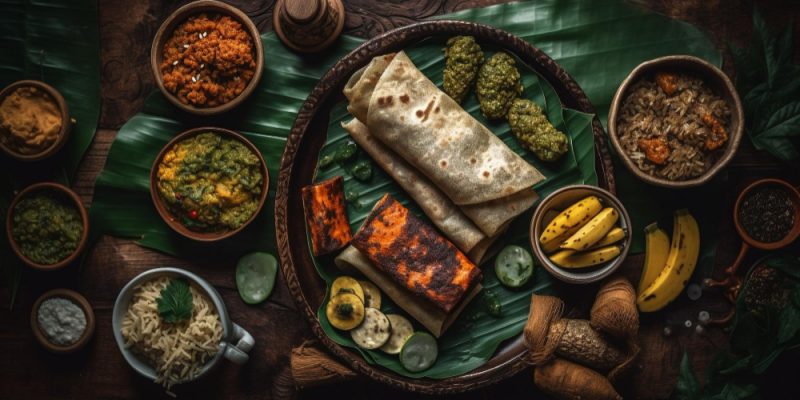
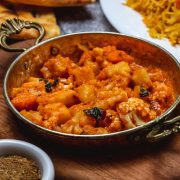
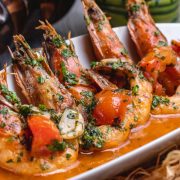
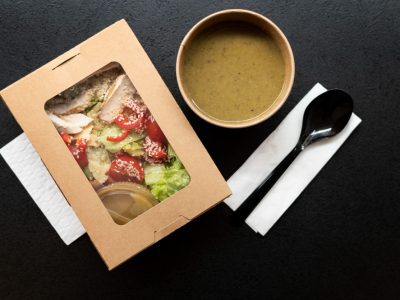


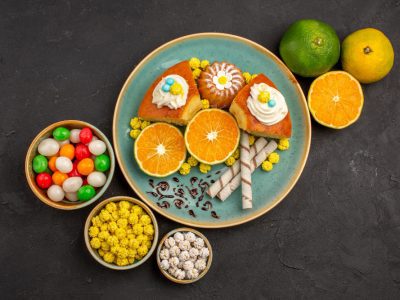



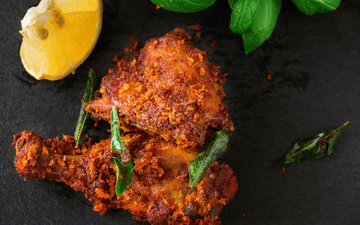
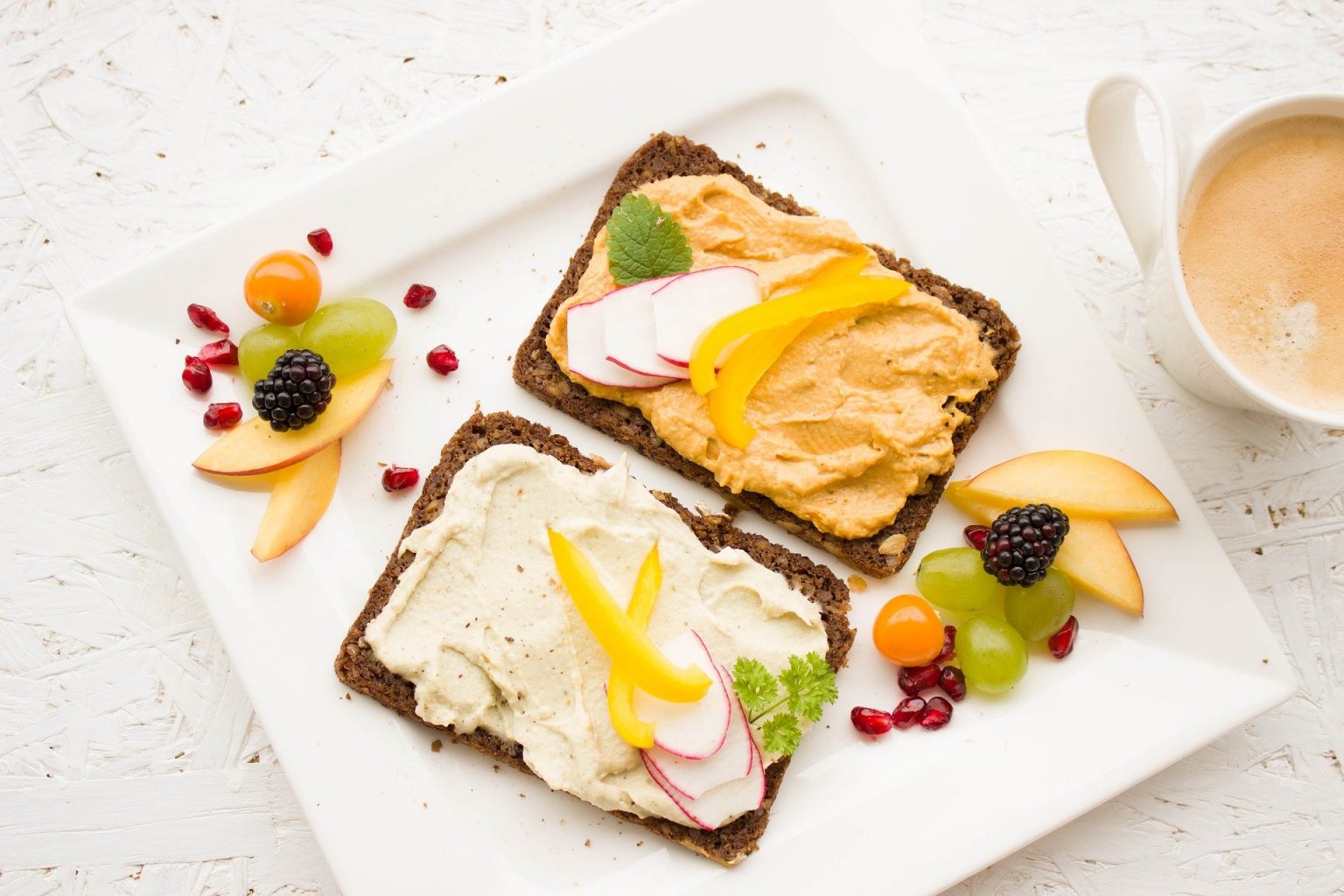

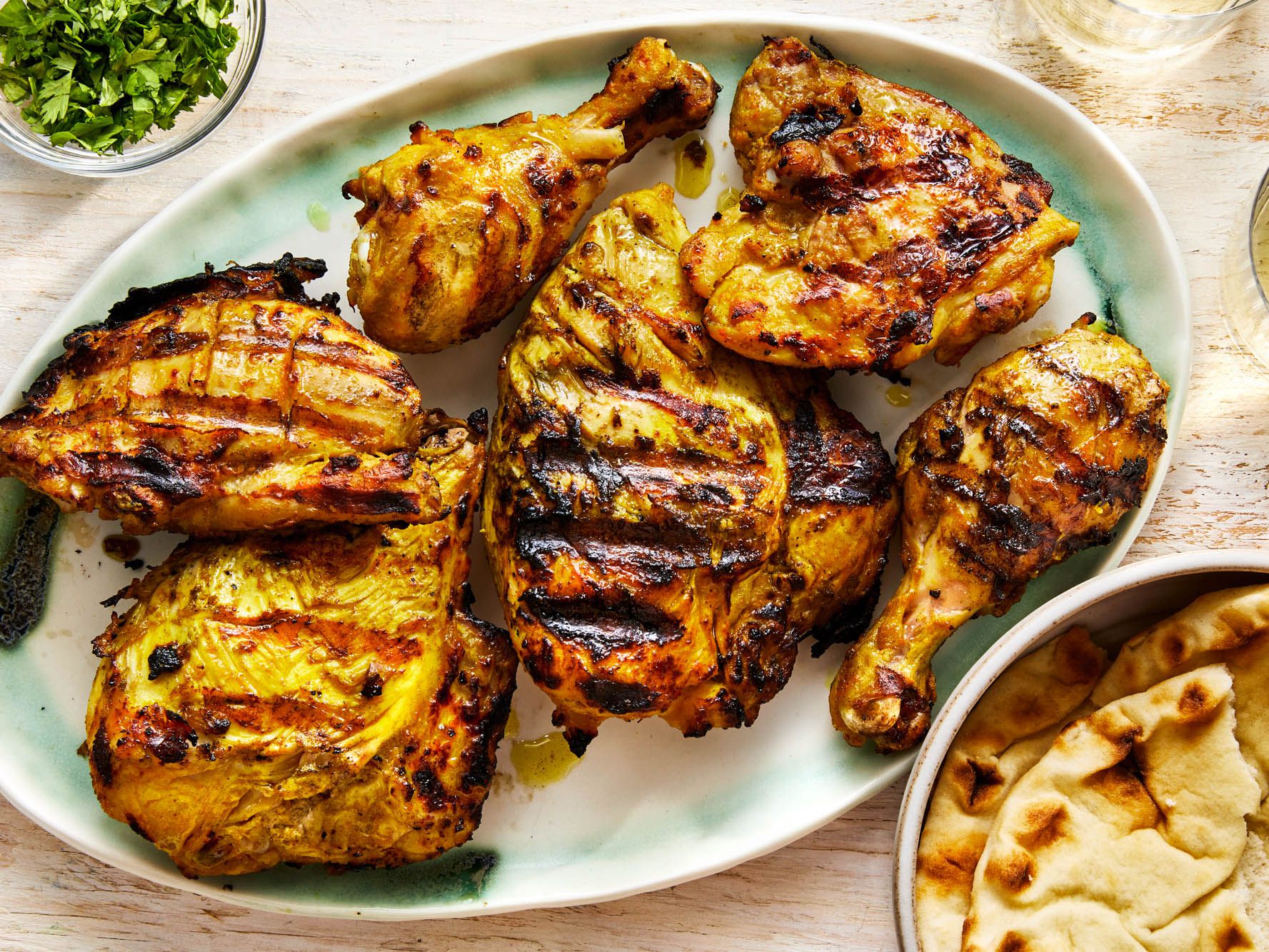



This blog is a true feast for the eyes and soul! 😍🍽️ The vibrant colors, intricate designs, and passion behind every thali dish really shine through. I can almost taste the spices and feel the warmth of Indian hospitality. 🙌🔥 Such an inspiring read for any foodie! 🍛💖